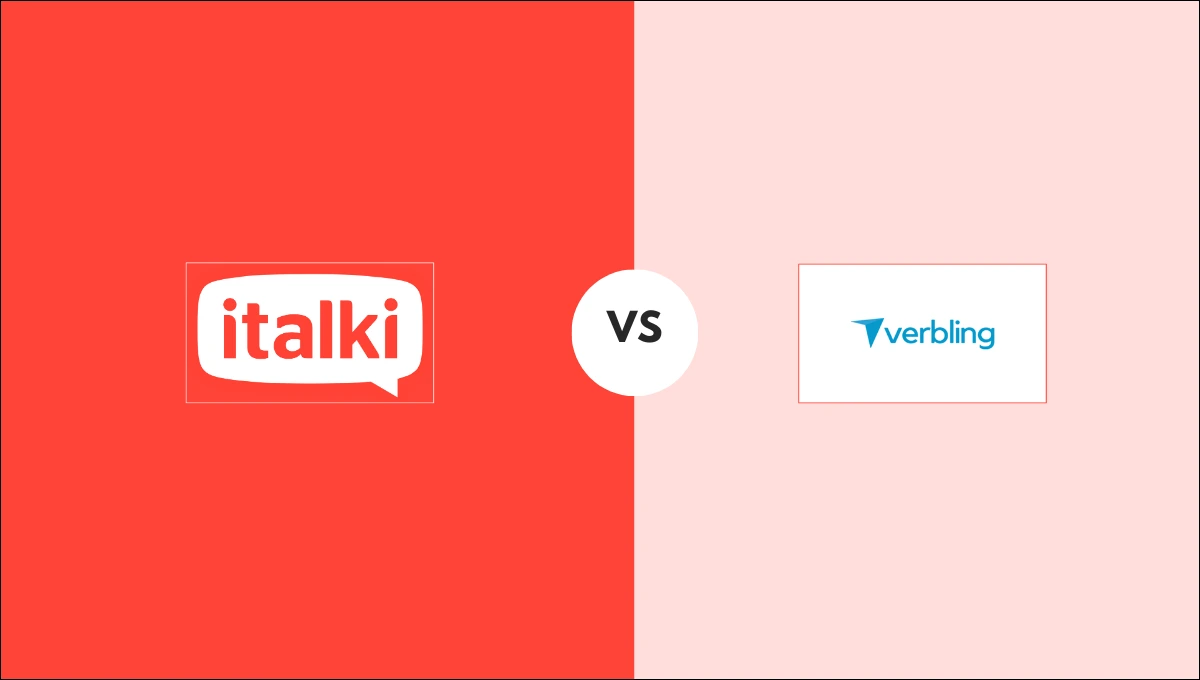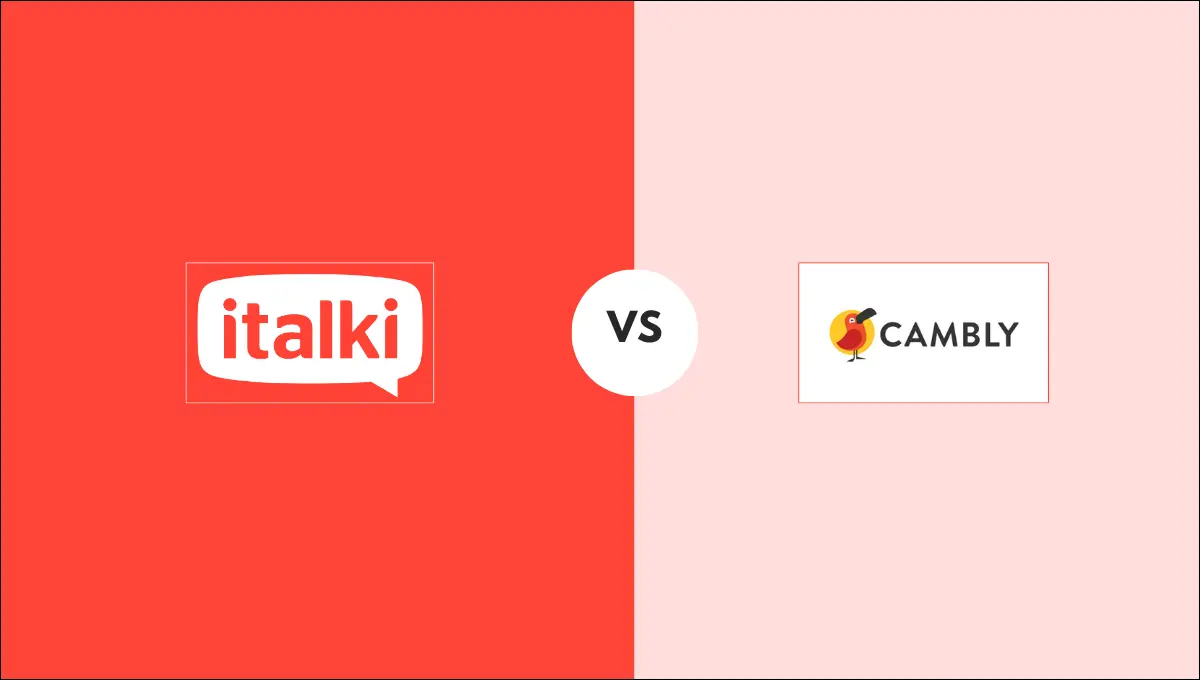Do you want to say “hello” in Spanish? Regardless of the language, greeting someone with “hello” is one of the most important parts of a conversation. We are all aware of how crucial first impressions are in developing lasting relationships. You will undoubtedly be putting your best foot forward if you use a strong greeting to start a conversation.
You must be aware of when to use formal and informal greetings in Spanish. Do you extend the same greetings to friends and your boss? Most likely not. Because of this, it’s preferable to learn how to say “good morning” and “hey, what’s up?” in Spanish before embarking on an adventure in a country where Spanish is spoken.
Before we get started if you are looking for an online Spanish course, here’s the course we recommend: join italki’s Spanish lesson plan. You can learn Spanish online with italki as they offer a course with a fascinating new method. You can try a free trial as well! They have experienced Spanish teachers to help you learn Spanish in an organized manner.

Find Your Perfect Teacher
At italki, you can find your Spanish tutor from all qualified and experienced teachers. Now experience the excellent language learning journey!
Book a trial lesson
“Hello” in Spanish: ¡Hola!
”Hello” en español es “hola”. (“Hello in Spanish is hola.”)
The typical Spanish greetig is “hola.” Since it is neither too formal nor too informal, you can use it in the majority of circumstances.
Since the h is silent in Spanish, hola would be pronounced as ola. The latter, however, means “wave,” so don’t mix the two up.
“Hi” in Spanish: ¡Hola!
In Spanish, there isn’t really a way to say “hi.” You just say hola, which is the same as saying “hello.”
Holi and holis, two cutified forms of hola that are commonly used in some Latin American nations, are inappropriate for use in formal settings. Young girls primarily use them as well.

“Hey” in Spanish: Hey
Similar to “hi,” there isn’t a direct translation for “hey” in Spanish, so you should say “hola.” With close friends, you might use the informal greeting “oye” (which means “hear”), but that might come off as a little rude.
Hey is quite common in Latin America, as is its phonetically altered version, uey, but if you’re not sure how and when to use it correctly, you might want to avoid the latter because it’s very slangy.
“How are you?” in Spanish: ¿Cómo estás?
The best way to say “Hello, how are you?” in Spanish is Hola, ¿cómo estás? This phrase is composed of the first greeting we learned plus the interrogative word cómo, and the second-person conjugation of the verb estar (“to be”).
You must keep in mind that there are various “you” pronouns in Spanish in order to use the phrase correctly. To choose the appropriate estar conjugation, consider the number of people you are addressing as well as your style of addressing them (formal or informal):
- tú (informal singular “you”) – ¿Cómo estás?
- vos (informal singular “you” used in some Latin American countries) – ¿Cómo estás?
- usted (formal singular “you”) – ¿Cómo está?
- vosotros (the informal plural “you” used in Spain, but not in other Spanish-speaking countries) – ¿Cómo estáis?
- ustedes (formal plural “you” in Spain, standard plural “you” in Latin America) – ¿Cómo están?
The pronoun is frequently omitted from sentences in Spanish because it is obvious in the conjugated form and the verb agrees with the pronoun in number and formality. However, in Central America, it is common to punctuate the formal versions of ¿Cómo est-? With the corresponding pronoun: ¿Cómo está usted?, ¿Cómo están ustedes?

Learn Spanish on italki
Join the global community of language learners today! Sign up for italki and start improving your language skills with native-speaking teachers from around the world.
Create an italki account
“How are you?” in Spanish: ¿Cómo andas?
¿Cómo andas? is more informal than ¿Cómo estás?, but it is a common way to say “How are you?” in Spanish.
It is a tricky phrase to translate into English because the verb andar can mean a lot of things, among which “to walk”, “to go”, and “to ride”. When used in sentences, ¿Cómo andas? can mean “how are you doing?”, “how’s it going?”, and “how are you fixed?”, as in ¿Cómo andas de dinero? (“How are you for money?”). However, when used alone, ¿Cómo andas? is a casual greeting.
Just like with ¿Cómo estás?, pay attention to the correct conjugation of andar based on the person you are greeting:
- tú – ¿Cómo andas? (With vos, it’s ¿Cómo andás?)
- usted – ¿Cómo anda?
- vosotros – ¿Cómo andáis?
- ustedes – ¿Cómo andan?
If you are traveling to Latin America, it’s likely that you’ll encounter formal versions of “How are you?” because it is common practice to use a slightly informal greeting with someone you speak to in a formal capacity.
“How are you today?” in Spanish
If you want to ask “How are you today?” in Spanish, just add hoy (“today”) to ¿Cómo estás? or ¿Cómo andas?: ¿Cómo estás hoy? / ¿Cómo andas hoy?
Replace cómo with qué tal
¿Qué tal? Means “What’s up?” in Spanish. When it replaces cómo, however, qué tal stands for “how”.
- ¿Cómo estás? becomes ¿Qué tal estás? (“How are you?”)
- ¿Cómo andas? becomes ¿Qué tal andas? (“How are you?”)
“How are you doing?” in Spanish: ¿Cómo te va?
Spanish-speaking individuals ask, “How are you doing?” rather than ¿Cómo te va? How are things going for you?
The only part of the sentence that alters depending on the pronoun “you” is the indirect object pronoun because the verb “ir” is conjugated in the singular third person. Make notes for yourself having all these phrases. Practice them on daily basis and you will end up becoming fluent in Spanish.
- tú and vos – ¿Cómo te va?
- usted – ¿Cómo le va?
- vosotros – ¿Cómo os va?
- ustedes – ¿Cómo les va?

Learn Spanish on italki
Join the global community of language learners today! Sign up for italki and start improving your language skills with native-speaking teachers from around the world.
Create an italki account
How to respond to ‘how are you’ in Spanish?
How to say “Good, and you?” in Spanish
The best way to say “Good, and you?” in Spanish is Bien, ¿y tú? If you want to say more than bien, you could say todo bien (“everything’s good”).
How to say “very well, thanks” in Spanish
To say “very well, thanks” in Spanish, you would say Muy bien, gracias. You can replace muy bien by bien, excelente (“excellent”) or genial (“amazing”), though genial is more informal.
In some Latin American countries, the gracias part is sometimes extended to gracias a Dios (“thanks to God”).
How to say “not so good” in Spanish
If you want to say the truth and tell your friend that you’re not feeling good, you could say:
- No tan bien – “Not so good.”
- No muy bien – “Not very well.”
- Mal – “bad”
- Fatal – “awful”
“What’s up” in Spanish: ¿Qué tal?
Here are some ways to say “what’s up?” in Spanish:
- ¿Qué tal? – It’s mostly used in Spain but it can pop up in conversations in other Spanish-speaking regions as well. It’s also used as “How is it going?” or to replace “how” in questions, as we saw above.
- ¿Qué pasa? – “What’s happening?”
- ¿Qué pasó? – “What happened?”
- ¿Qué onda? – This one is popular in Central America and sometimes concluded with güey or güero (“dude”).
- ¿Qué más? – Literally “What else?”
- ¿Qué hay? – Hay is the third person conjugation of the verb haber, so the question is “What is there?” in the sense of “What’s happening?” or “What’s new?”
- ¿Qué hubo? – Literally “What happened”, this phrase’s meaning is the same as that of ¿Qué hay?
- ¿Qué hay de nuevo? – “What’s new?”
- ¿Qué es lo que? – Contracted version of ¿Qué es lo que hay? (“What is there?”). Tthis one is chiefly used in the Dominican Republic, and you’ll also hear its shorter form Qué lo que?
- ¿Qué cuentas? – It’s hard to translate this one, but it means something along the lines of “What news do you have to tell?” It also sometimes appears as ¿Qué me cuentas? (“Tell me what’s new”) and ¿Qué nos cuentas? (“Tell us what’s new.”)
- ¿Qué haces? – “What are you doing?”
Frequently asked questions
Q. How do you respond to hello in Spanish?
A. If in passing someone says “hola!” to you, it would acceptable to reply: “como estas?”
Q. What are 3 different greetings in Spanish?
A. Hola – Hello. Buenos días – Good morning. Buenas tardes – Good afternoon. Buenas noches – Good evening.
Conclusion
There are several ways to say ‘hello’ in Spanish, ranging from formal to informal phrases. There is a wide range of greetings available in Spanish. Changing the way you greet someone is a great way to spice up a conversation.
If you are looking for professional assistance, enroll yourself with italki. They will make you learn Spanish easily by providing you with the required guideline and vocabulary to use in different situations such as saying hello, good morning, congratulations, and good luck in Spanish.
Want to learn a language at italki?
Here are the best resources for you!




















